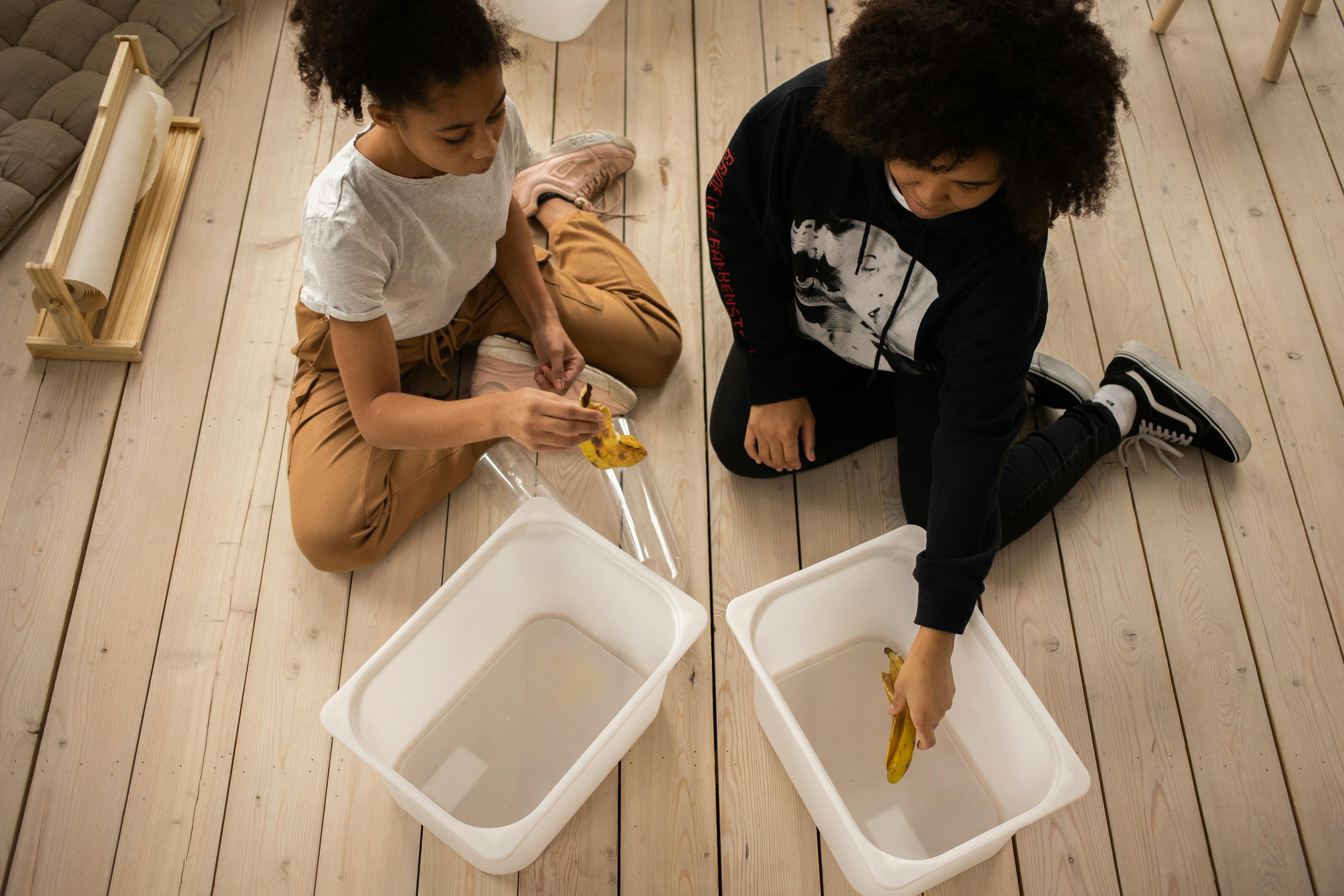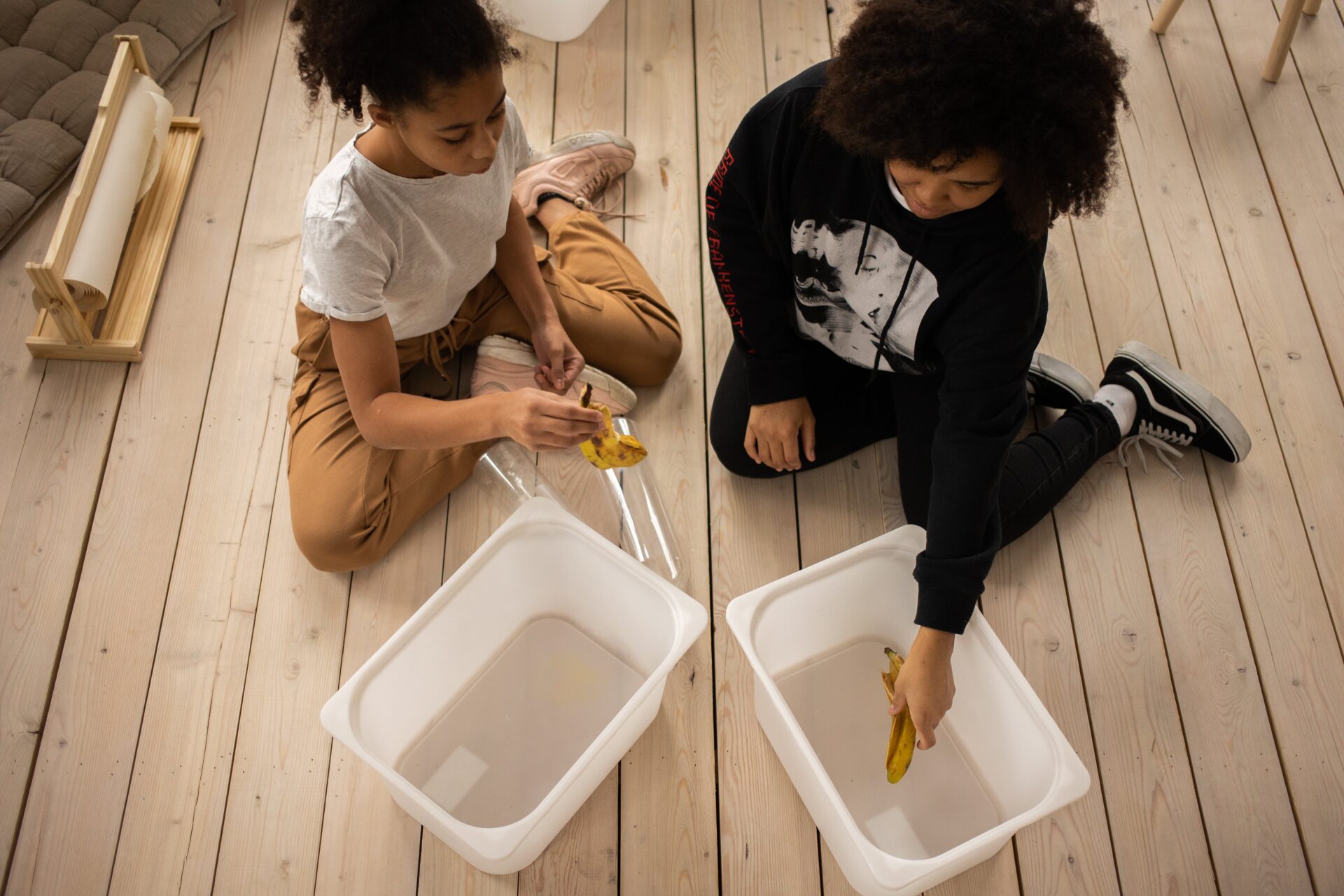Fruit trees are a great addition to any garden, but unfortunately, they can be prone to bug infestations. Fortunately, there are many ways to protect your fruit trees from bugs. This article will explain how you can use a variety of methods to ensure that your fruit trees remain healthy and free from bugs.Fruit trees can be vulnerable to a wide range of pests and diseases, and it is important to understand the common types of bugs that can attack them. Some of the more common types of bugs that can attack fruit trees include aphids, scale insects, mites, borers, and caterpillars. Aphids are small sap-sucking insects that feed on leaves and stems, and they can cause discolored or curled foliage. Scale insects feed on plant sap and can excrete large amounts of honeydew, which can lead to sooty mold growth on fruit trees. Mites are also sap-sucking pests that feed on young leaves and flower buds, causing them to dry out and die. Borers are larvae of various beetle species that feed on the inner bark of fruit trees, creating tunnels that weaken the tree’s structure. Caterpillars will eat through foliage as well as fruit. To protect your fruit trees from these pests, it is important to use proper cultural practices such as pruning dead branches and removing debris from around the base of the tree to reduce potential harborage for pests; in addition, regular monitoring should be done for signs of pest activity.
Prevent Damage From Pests on Fruit Trees
It is important to protect our fruit trees from pests, as they can cause significant damage. There are a number of methods available to help prevent damage caused by pests on fruit trees. These include: using traps or barriers; pruning; and applying chemical pesticides or organic solutions.
Traps and barriers can be used to reduce the number of pests that come in contact with your fruit trees. Common traps include sticky traps and yellow pan traps which attract and trap insects. Barriers such as netting or plastic covers can also be used to prevent access by flying insects.
Pruning is another effective way of controlling pest damage on fruit trees. Regular pruning helps to ensure that there are no weak, dead or damaged branches which can attract pests. Pruning should be done carefully and at the right time of year to ensure healthy growth and minimize pest infestation.
If traps and pruning are not enough to control pest damage, chemical pesticides or organic solutions may be necessary. Chemical pesticides should always be used with caution as they can have negative effects on the environment and human health if not used correctly. Organic solutions such as neem oil, garlic spray or diatomaceous earth can also be used as an alternative to chemical pesticides for controlling pest damage on fruit trees.
By using these methods, it is possible to reduce the amount of damage caused by pests on fruit trees and help ensure a healthy crop of delicious fruits.
Identify Pests on Fruit Trees
Identifying pests on fruit trees can be a difficult task. Many pests can cause damage to fruit trees, such as scale insects, aphids, caterpillars, and mites. To identify what type of pest is causing damage to your tree, it is important to look closely at the leaves and fruit of the tree. Pay special attention to any discoloration or spots on the leaves or fruit. Also look for any signs of webbing or sticky deposits on the tree. These may indicate that there are caterpillars or scale insects present. If you notice any of these signs, then it is important to take action quickly in order to protect your fruit trees.
Eliminate Pests on Fruit Trees
Once you have identified what type of pest is present on your fruit tree, it is important to take steps to eliminate them. The most effective way to do this is through proper pruning and trimming of the tree’s branches and leaves. This will help reduce the number of pests that can feed on the tree’s fruits and leaves. Additionally, insecticides can be used in order to kill off any pests that are present on the tree. However, it is important to use these products carefully and only when necessary in order to avoid harming beneficial insects such as bees that are necessary for pollination.
Finally, it may also be helpful to introduce natural predators into your garden in order to help keep pests away from your fruit trees. Ladybugs and lacewings are both natural predators of many common pests found in gardens and can help keep populations under control if introduced into your garden regularly.
Disease-Resistant Varieties of Fruit Trees
When planting fruit trees, choosing varieties that are resistant to disease is an important factor in growing healthy, productive plants. Disease-resistant varieties can help reduce the amount of time and money you spend on maintenance and provide an abundance of delicious fruit. There are a number of disease-resistant fruit tree varieties available, so it is important to do your research and select the variety that best suits your needs.
One way to find disease-resistant varieties is to look for trees with disease resistance ratings on their labels. These ratings indicate which types of diseases the tree is most resistant to, so you can select one that provides the best protection for your crops. Additionally, research the climate and soil conditions in your area to determine which types of trees are best suited for growth in those conditions.
Another way to find disease-resistant varieties is to ask local nurseries or garden centers which types are most popular in your region. This can help you narrow down your selection and give you a better idea of what types of trees will do well in your area. Additionally, speak with experienced gardeners or farmers in your area who may have experience with growing fruit trees. They may be able to offer advice on what types work best in various climates and recommend specific varieties they have had success with.
Finally, look for certified organic nurseries or farms who specialize in organic fruit tree cultivation and look for organic certification labels on their products. Organic certification indicates that a product has been grown without synthetic pesticides or fertilizers and may be more resistant to certain diseases caused by chemicals commonly used in conventional farming methods.
By doing some research into different types of disease-resistant varieties, you can ensure that the fruit trees you plant will provide a healthy harvest season after season.
Removing Debris Around the Base of a Tree
It is important to regularly inspect and maintain the area around the base of a tree. Without proper maintenance, debris such as fallen leaves, twigs, and branches can accumulate over time and create an unhealthy environment for the tree. Removing debris from around the base of a tree can help prevent disease, pest infestations, and other potential problems.
The best time to clear away debris from around the base of a tree is in early spring or late fall when temperatures are mild. Start by examining the base of the tree for any visible signs of damage or distress. If there are any dead or dying branches or leaves, it is important to remove them as soon as possible. Additionally, it is important to remove any weeds that may be growing near the roots of the tree.
When clearing away debris from around a tree, it is important to use caution when removing dead branches or leaves that may be attached to living tissue. It is also important to be careful not to damage any healthy roots that may be near the surface. Make sure not to disturb any soil near the roots as this could cause further damage.
Once all visible debris has been cleared away from around the base of a tree, it is important to rake up any remaining leaves and twigs in order to ensure that no organic material remains on top of soil around the roots. This helps promote healthy growth by allowing air circulation and water penetration into soil near roots and eliminating potential sources of disease and pests.
Finally, make sure to mulch around your tree with organic matter such as wood chips or bark mulch in order to protect against weeds and help retain moisture in soil near roots. Regularly clearing away debris from around your trees will help ensure their health for years to come!

Utilize Insecticides to Treat Infestations
Insecticides are a great way to treat infestations in your home. They work by killing the insects that have invaded your space, and can be used on both indoor and outdoor areas. Insecticides come in many different forms, from sprays and powders to granules and baits. Depending on the type of infestation, you can choose the most appropriate product for your needs.
When using insecticides to treat an infestation, it is important to read the instructions carefully. Make sure you understand exactly how to use the product and follow all safety precautions. Some insecticides require special equipment or protective clothing when applying them, so be sure to check before beginning treatment.
It is also important to use the right amount of insecticide for your particular infestation. Too little may not be effective while too much could harm other beneficial organisms or people in your home. For best results, it is best to contact a professional pest control service for advice about which product and how much should be used.
Finally, always remember that insecticides are toxic substances and should be handled with care. Store them safely out of reach of children and pets and dispose of any unused products according to local regulations. With proper use, insecticides can be an effective way to get rid of an infestation in your home or garden.
Prune Damaged Branches to Limit Further Infestation
Tree infestations can be an annoying and costly problem for homeowners. Pruning damaged tree branches is an effective way to limit further infestation and protect the health of your tree. By removing dead, damaged, or diseased branches, you can reduce the potential for insects or diseases to spread throughout your tree.
Before pruning any branches, it is important to inspect the affected area and determine what type of infestation is present. Different types of pests require different treatment strategies. If you are unsure what type of pest has infiltrated your tree, consult with a professional arborist who can help identify the issue and recommend a course of action. Once you’ve identified the issue, you can begin pruning away any damaged or diseased branches from the tree.
Removing affected branches will help limit further infestations by reducing potential hiding spots for pests and by removing food sources they may be feeding on. It is important to remember that pruning should only be done when necessary and not as a preventative measure. Over-pruning can weaken the tree’s structure which can result in more damage and invite other problems.
When pruning damaged branches, it is important to use proper techniques to ensure that the remaining healthy parts of the tree remain unharmed. Using sharp tools such as saws and pruners will help reduce damage to surrounding areas while also cutting cleanly through tough woody material. When cutting larger branches, it is best practice to make three cuts: one at the top of the branch, one at a downward angle about a third of the way through, and one at an upward angle just outside of where you made your first cut. This will help prevent bark stripping or tearing when you remove larger limbs.
By taking caution when pruning damaged branches off your trees, you can help protect their overall health and reduce potential for further infestation from pests or diseases.
Using Natural Predators to Combat Pest Infestation
One of the most effective ways to manage pest infestations is to use natural predators. Natural predators, such as birds, bats, frogs, spiders, and other insects, can be used to control the population of harmful pests in an environment. By using natural predators, it is possible to reduce the population of pests without harming the environment or introducing harmful chemicals into the environment.
Natural predators are beneficial because they can help reduce the population of pests without introducing any additional chemicals into the environment. Many natural predators have a wide range of prey and can hunt down a variety of different species of pests. This makes them ideal for controlling pest populations in a variety of different environments. Additionally, many natural predators are relatively small and docile creatures that do not pose a threat to humans or animals in the area.
In order to effectively use natural predators, it is important to understand their habits and habitats so that they can be placed in areas where they will be most effective at controlling pest populations. Additionally, it is important to ensure that their prey is abundant so that they have enough food sources available in order to survive and reproduce. Finally, it is also important to provide shelter and protection for these creatures so that they can flourish in their new environment without fear of being harmed or removed from the area.
By utilizing natural predators as part of an integrated pest management system, it is possible to effectively reduce pest infestations without introducing any dangerous chemicals into the environment. Natural predators are an effective way to control pest populations while preserving a healthy habitat for all living creatures in an area.

Conclusion
Fruit trees are an important part of any garden and need to be protected from bugs to ensure that they bear healthy fruit. There are several methods that can be used to protect fruit trees from bugs, such as pruning, thinning, and using insecticides or natural solutions. Additionally, maintaining a clean environment around the tree by removing weeds and debris can also help reduce the number of pests. While these methods may not completely eliminate all pests, they can help reduce their number and damage. In conclusion, the best way to protect fruit trees from bugs is by a combination of various techniques.
By following these simple steps, gardeners can keep their fruit trees healthy and productive for many years to come.



